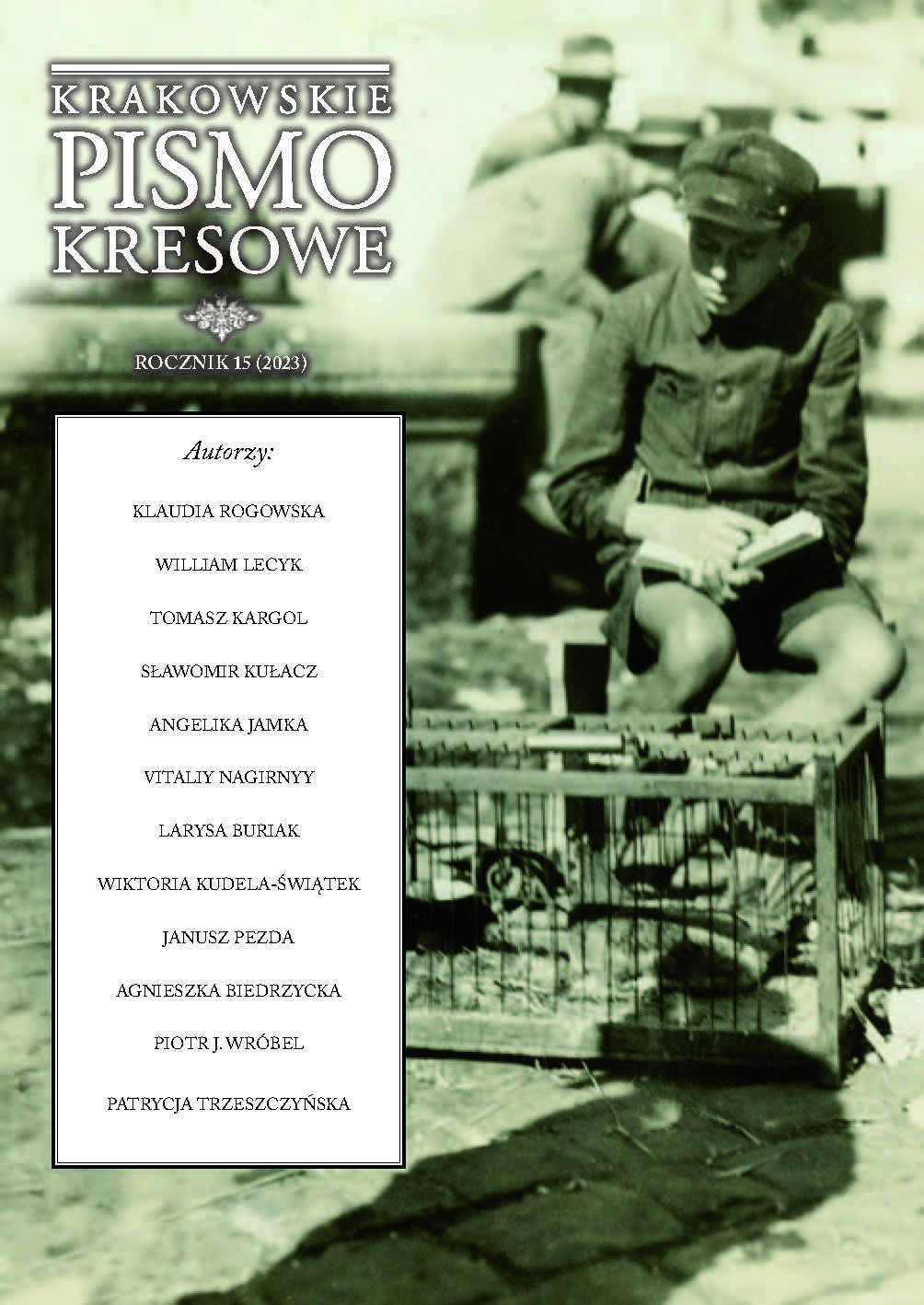Decoding the Images of the Polish Countryside, by Louise Arner Boyd (1887-1972)
Decoding the Images of the Polish Countryside, by Louise Arner Boyd (1887-1972)
Ruthenians/Ukrainians in the Ethnographic Photography of an American Traveller
Author(s): Larysa Buriak, Wiktoria Kudela-ŚwiątekSubject(s): History, Modern Age, 19th Century, Interwar Period (1920 - 1939)
Published by: KSIĘGARNIA AKADEMICKA Sp. z o.o.
Keywords: Louise Arner Boyd’s (1887-1972); American Geographical Society; Ukrainians/Ruthenians; interwar Poland; Kresy [borderland]
Summary/Abstract: This article looks at the photographic legacy of Louise Arner Boyd’s (1887-1972) expedition through the Second Polish Republic in the context of her discovery of the otherness and social diversity of the country she visited in 1934. The authors were particularly captivated by the portrayal of the Ruthenians/Ukrainians of what is now Western Ukraine, as depicted in the Boyd photography. The authors focus lies on the unprocessed photographic content from the library collections of the University of Wisconsin-Milwaukee and the book she published a few years after her journey with the cooperation of the American Geographical Society in New York. The authors told the story of Louise A. Boyd’s trip to Poland primarily to introduce the reader to the context of the creation of the photographic collection, in which authors try to discover content and meanings that have not been sought before. Their analysis of the making-off process and reception into academia for Boyd’s book entitled Polish Countryside is also crucial to understanding that it is only a part of the collection. It is a specific vision and a compromise between the photographer’s and the publisher’s expectations. The Boyd photographic collection focused on rural landscapes and the architecture of villages and farms, capturing various farming methods, road and water transport scenes, village types and traditional clothing. With meticulous descriptions and detailed lists of the photographed locations and subjects, the collection serves as valuable documentation of building styles and techniques, traditional costumes, transportation, markets and agricultural and fishing practices. Thanks to Boyd’s skilled photographer’s eye, she was able to capture visually attractive photographs that also serve as scientifically intriguing documents of a bygone era. The significance of these photos extends beyond the confines of ethnography, as we have endeavoured to emphasise in this article. Through reinterpreting Ruthenians/ Ukrainians portraits in Boyd photographs after almost a century, we aim to grasp the preserved and concealed contexts, thereby reconstructing, if not the complete image, at least its distinct components.However, the images of contemporary Western Ukraine and its inhabitants by Louise Arner Boyd that the authors analysed are currently in the photography collection mentioned above from the UWM as part of the digitalised archive of the American Geographical Society. The authors had attempted to look at them both as an example of ethnographic photography typical of the interwar period and a unique image of a world that no longer exists. In the authors’ opinion, Louise A. Boyd’s photograms, placed as raw ethnographic material in the mentioned repository of the UWM library, today have the value that she wanted to give them from the beginning when she was considering the publication of Polish Countrysides, and they are a reminder of a world whose traces have almost disappeared today.
Journal: Krakowskie Pismo Kresowe
- Issue Year: 2023
- Issue No: 15
- Page Range: 97-126
- Page Count: 30
- Language: English

